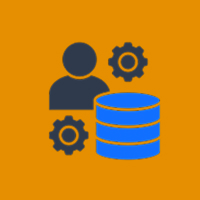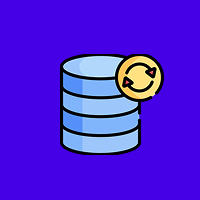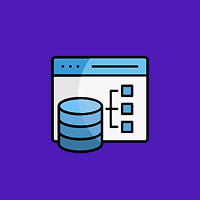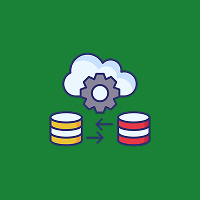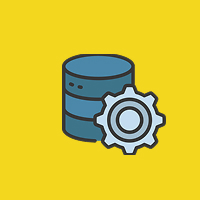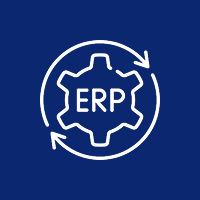As your Drupal site increases in dimensions in regards to content, visitors, and complexity, performance comes to the forefront. Users want pages that load quickly, and search engines pay it forward with improved rankings. One of the best ways to achieve performance efficiency in Drupal is through caching.
Drupal’s strong caching system empowers developers and site owners to manage the storage, delivery, and refreshing of content without compromising on flexibility. Be it a high-end publishing site or a dynamic web store, using Drupal’s caching features is essential in ensuring a high-performing, scalable website.
What is Caching in Drupal?
Caching is a process of storing copies of previously computed data (pages, blocks, views, etc.) so that they can be served quickly when they are needed again. In Drupal parlance, that results in fewer times the pages must be re-generated or the large database queries run. The result is a quicker site with less server resources being used.
Why Caching Works
Speed Increase: Cached content loads much faster than dynamically generated pages.
Enhanced User Experience: Quicker websites reduce bounce rates and enhance engagement.
Server Performance: Reduced CPU and database usage, particularly with traffic spikes.
Better SEO: Speed is one of the primary search engine ranking factors for Google.
Scalability: Enables scaling by making your site perform well under load.
Types of Caching in Drupal
1. Page Caching
Best for non-account users, this saves full HTML page output.
Best fit for high traffic content such as blogs or static landing pages.
2. Dynamic Page Cache
Enhances login user load times by caching parts of the page that constantly change, such as headers, footers, and blocks of reusable content.
3. Render Caching
Triggers caching of renderable arrays (blocks, views, menus), which results in far quicker loading of subsequent pages.
4. Twig Template Caching
Enhances front-end performance by storing precompiled Twig templates in cache, which cuts down on PHP overhead.
5. Custom caching through Cache API
Developers can implement custom caching logic through Drupal’s Cache API for use cases that include external API calls or performing complex queries.
Activating Caching in Drupal
To activate basic caching:
- Go to Configuration → Development → Performance.
- Turn on features such as Page cache, CSS/JS aggregation, and gzip compression.
- Configure cache expiration time intervals based on how frequently your content is updated.
For advanced performance:
- Use Memcached or Redis for quick object caching.
- Use Varnish as a reverse proxy for server-side full-page caching.
- Use CDNs (such as Cloudflare or Fastly) for edge caching and global speed optimization.
Recommended Caching Modules
- AdvAgg (Advanced CSS/JS Aggregation): Enhances frontend performance by aggregating and compressing assets.
- Boost: Ideal for static caching in anonymous user sites; generates static HTML files.
- Redis Module: Ties Drupal to Redis for quick database caching.
- Purge and Acquia Purge: Clearing of Varnish or other reverse proxies.
Best Practices for Drupal Caching
- Employ cache tags for fine-grained cache invalidation rather than clearing all cache.
- Test configurations on a staging site prior to going live.
- Cache views and blocks when their content is not being updated often.
- Employ cache context and max-age to manage when and how it does so.
- Employ internal caching and external services such as CDNs for enhanced global performance.
When and How to Empty Cache
While caching enhances speed, bad configurations or stale content might call for cache emptying. These are some common situations:
- After changes made to modules or themes.
- After changes made to site organization (e.g., menus, paths, blocks).
- For development to receive real-time changes.
Don’t empty cache too often on production sites. Instead, implement targeted invalidation or scheduled cache rebuilds to ensure performance.
Final Thoughts
Drupal caching isn’t a backend afterthought—it’s an efficiency facilitator. With proper planning, you can achieve a site that loads quicker, is more efficient, and can deal with heavy loads with minimal effort, giving users a better experience no matter where they are in the world.
Whether you’re running a simple blog site or a multifaceted business site, being responsible for Drupal caching methods places you in control of the online situation in today’s fast-evolving internet environment.
Contact Us Today













 Database Development
Database Development






